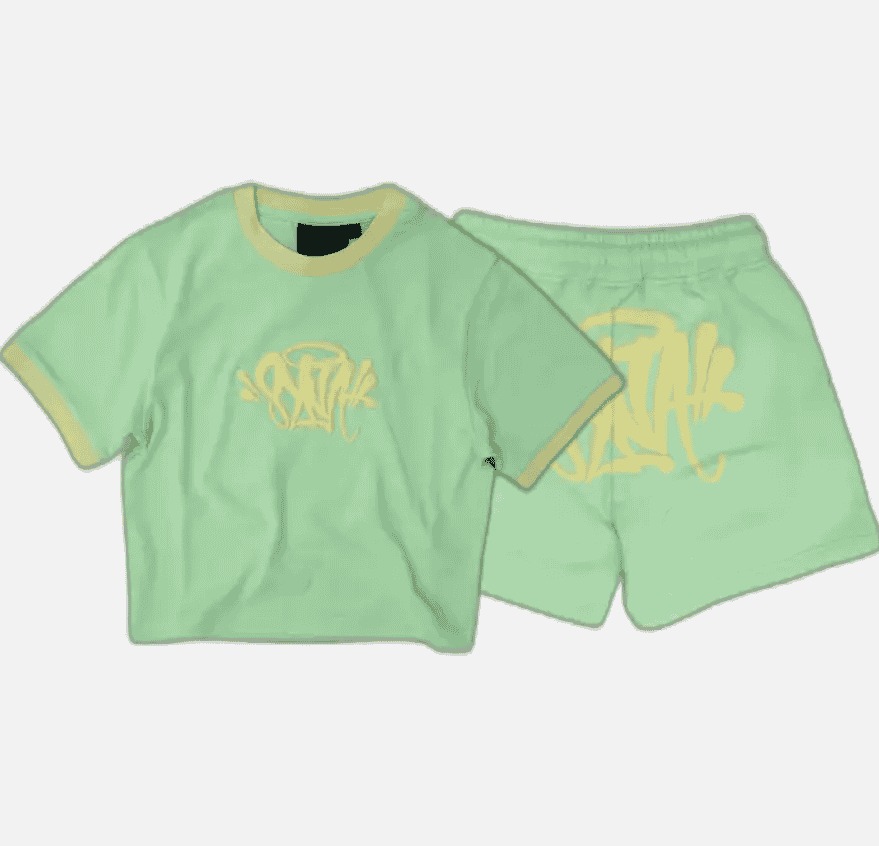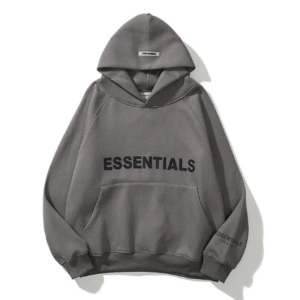Feeding your baby is one of the most important daily routines, and ensuring the milk is at the right temperature is essential for your little one’s comfort and health. A feeder warmer is a convenient device designed to heat breast milk, formula, or even baby food evenly and safely. Unlike microwaves, which can cause uneven heating and damage nutrients, a feeder warmer provides consistent warmth while keeping the food safe for your baby.
In this article, we’ll explore everything parents need to know about feeder warmers, from their benefits and types to buying tips and maintenance.
Why Use a Feeder Warmer?
- Even Heating – Prevents hot spots that could burn your baby’s mouth.
- Nutrient Protection – Keeps vitamins and minerals intact, especially in breast milk.
- Convenience – Makes nighttime feeds and busy schedules much easier.
- Quick and Reliable – Warms milk in minutes compared to traditional methods.
- Portable Options – Some feeder warmers are designed for travel, making feeding on the go simple.
Types of Feeder Warmers
1. Electric Feeder Warmers
These plug into a power source and heat bottles quickly. Many come with adjustable temperature settings and automatic shut-off features.
2. Water Bath Warmers
These work by heating a small container of water around the feeder. They mimic the traditional warm water method but are faster and more efficient.
3. Steam-Based Warmers
Steam warmers heat bottles using steam technology. They are fast and effective, but must be monitored carefully to avoid overheating.
4. Portable/Travel Warmers
Designed for parents on the move, these warmers may keep milk warm using batteries, car chargers, or insulated cases.
Key Features to Look For
- Temperature Control – Adjustable settings to avoid overheating.
- Compatibility – Should fit most bottle sizes and types.
- Auto Shut-Off – Enhances safety by turning off when the bottle is ready.
- Keep-Warm Function – Maintains the milk’s temperature until feeding time.
- Portability – Compact size and lightweight design for travel convenience.
- Ease of Cleaning – Simple design with detachable parts for quick cleaning.
How to Use a Feeder Warmer Safely
- Always follow the manufacturer’s instructions.
- Check the milk temperature before feeding by placing a drop on your wrist.
- Avoid overheating, as it can destroy essential nutrients in breast milk.
- Clean the warmer regularly to prevent residue build-up.
- Use filtered water in warmers that require water baths to extend durability.
Benefits for Parents
- Saves time during busy routines.
- Reduces stress during nighttime feedings.
- Offers peace of mind knowing milk is warmed evenly.
- Provides flexibility with travel-friendly options.
- Makes feeding more comfortable for babies.
Feeder Warmer Maintenance Tips
- Descale the warmer if you notice mineral deposits.
- Wipe the device with a soft, damp cloth after use.
- Store in a dry place when not in use.
- Replace any damaged parts immediately.
- Avoid immersing electric parts in water during cleaning.
Choosing the Right Feeder Warmer
When selecting a Rince feeder warmer, consider your lifestyle and your baby’s needs. If you travel often, a portable warmer is ideal. An electric model with advanced features such as auto shut-off and keep-warm functions provides maximum convenience for at-home use.
Think about the types of bottles you use, your feeding schedule, and whether you also want to warm baby food jars. These factors will help you pick the best feeder warmer for your family.
A feeder warmer is more than just a convenience—it’s a practical tool that makes parenting easier while ensuring your baby’s safety and comfort. With various types available, from electric to portable models, parents can find one that fits their lifestyle and budget.
Investing in a reliable feeder warmer can save time, reduce stress, and make feeding a smoother, more enjoyable experience for you and your little one.
FAQs About Feeder Warmers
1. Are feeder warmers safe for breast milk?
They are designed to heat milk gently, preserving essential nutrients when used correctly.
2. Can I use a feeder warmer for baby food jars?
Many models allow you to warm both bottles and small food containers.
3. How long does it take to warm a bottle?
Most feeder warmers take 3 to 8 minutes, depending on the model and milk temperature.
4. Can I leave milk in the warmer for a long time?
It’s best to use the milk immediately after warming. Prolonged warming may affect taste and nutrients.
5. Do feeder warmers work with all bottle types?
Most are compatible with standard and wide-neck bottles, but always check the product details before buying.






